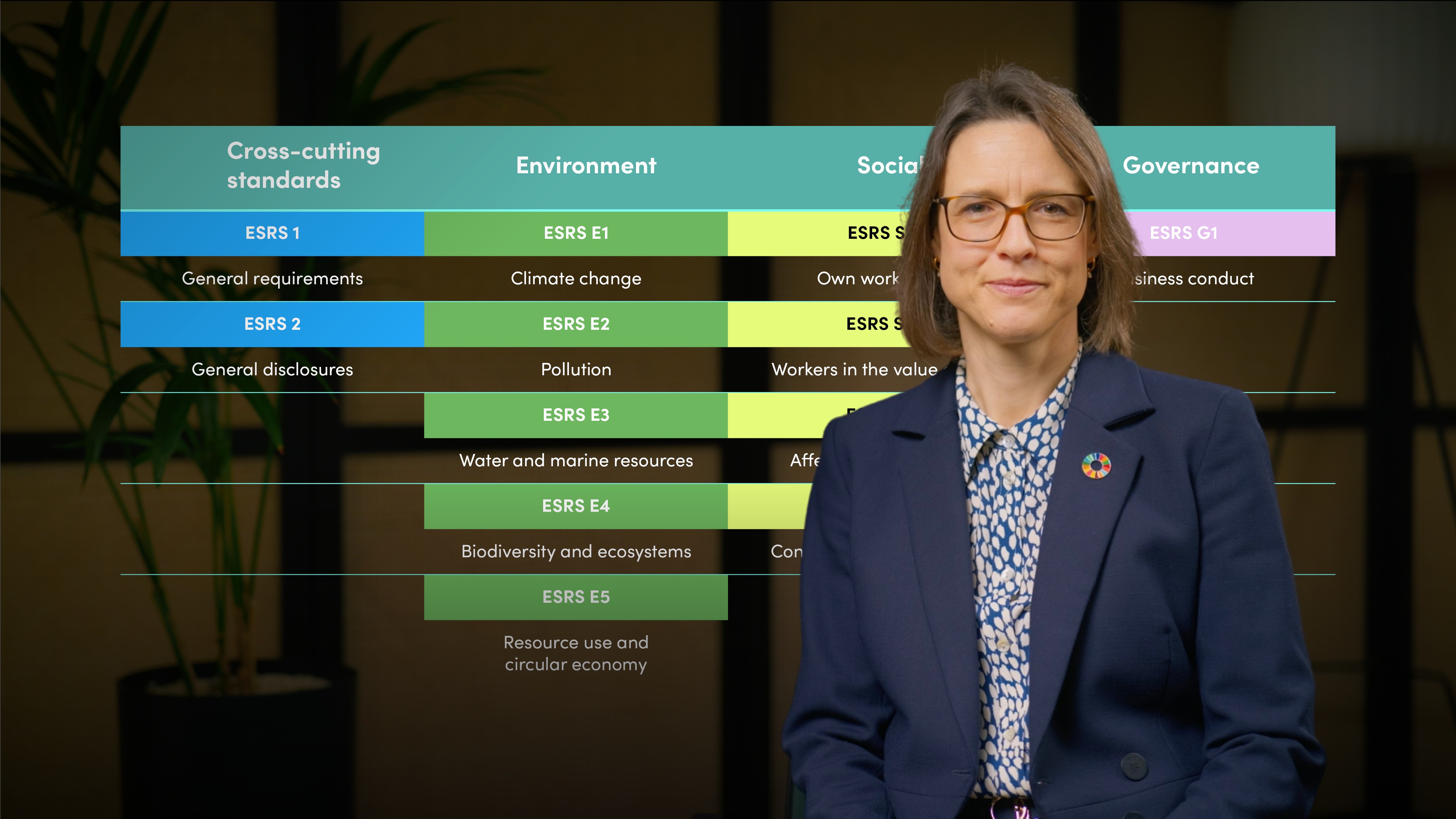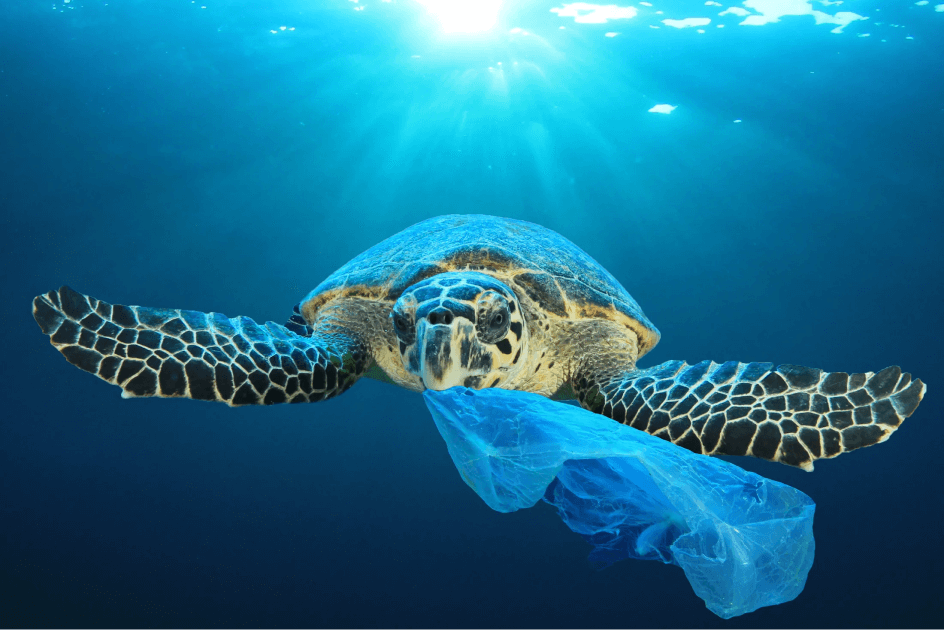
Practitioner's Guide to CSRD and ESRS

Michelle Horsfield
25 years: Sustainable Finance
In this video, Michelle Horsfield provides an overview of the Corporate Sustainability Reporting Directive (CSRD) and its use of the European Sustainability Reporting Standards (ESRS). Learn who needs to comply, when it comes into force, and what its objectives are.
In this video, Michelle Horsfield provides an overview of the Corporate Sustainability Reporting Directive (CSRD) and its use of the European Sustainability Reporting Standards (ESRS). Learn who needs to comply, when it comes into force, and what its objectives are.
Subscribe to watch
Access this and all of the content on our platform by signing up for a 7-day free trial.

Practitioner's Guide to CSRD and ESRS
9 mins 33 secs
Key learning objectives:
Understand the purpose and objectives of the CSRD
Outline the timelines for implementation and reporting
Identify which companies are subject to the CSRD and its reporting requirements
Understand the concept of materiality in the context of ESRS reporting
Overview:
Subscribe to watch
Access this and all of the content on our platform by signing up for a 7-day free trial.
When does the CSRD come into force?
The implementation is phased. Starting 1 January 2024, companies previously regulated by the Non-Financial Reporting Directive (generally those with over 500 employees) must begin collecting information for 2025 reports. Other large companies start collecting data in 2025 for 2026 reports. Listed SMEs and other entities, like non-EU parent companies with EU subsidiaries, begin in 2026 for 2027 reports. All reporting must be in an electronic format, such as XHTML or ESEF.
What are the core objectives of the CSRD?
Subscribe to watch
Access this and all of the content on our platform by signing up for a 7-day free trial.

Michelle Horsfield
There are no available Videos from "Michelle Horsfield"





























